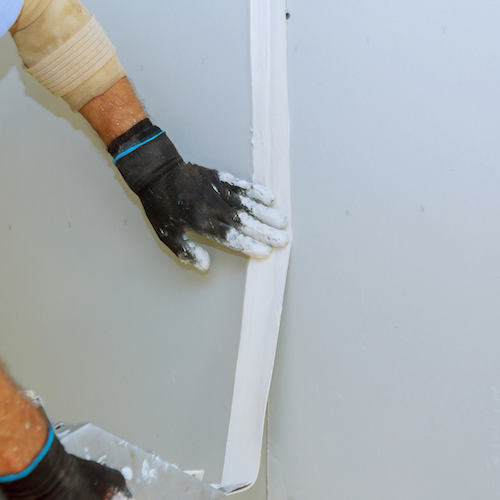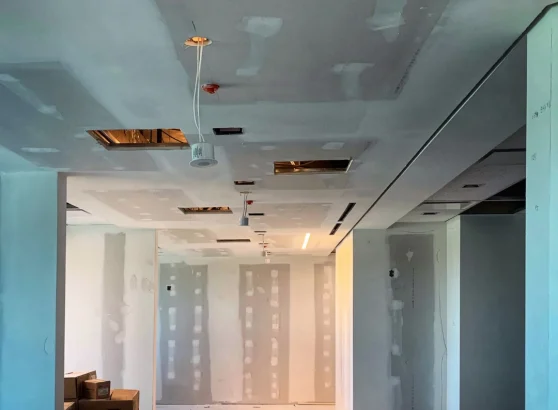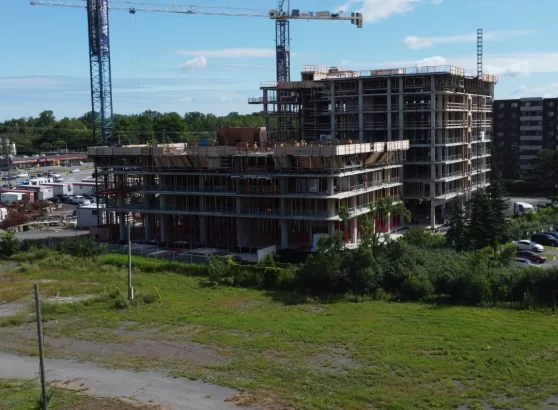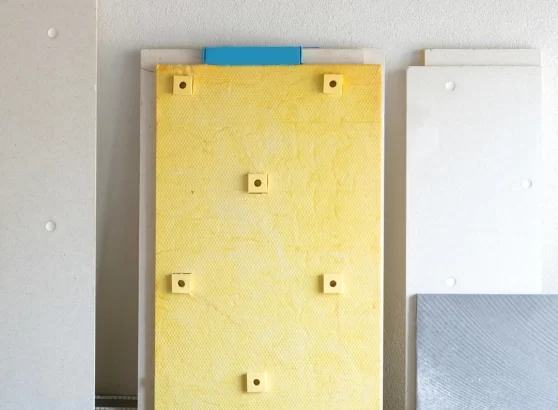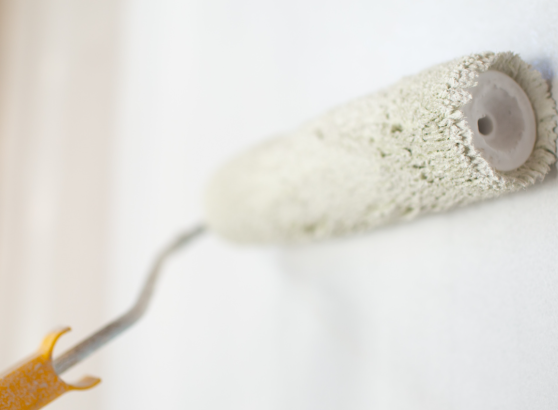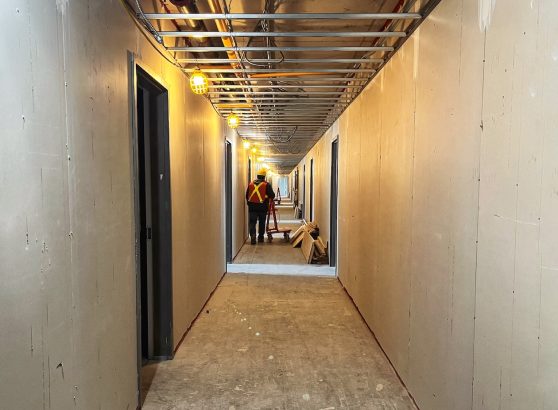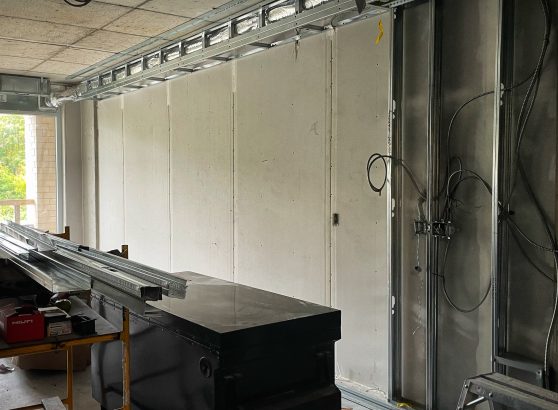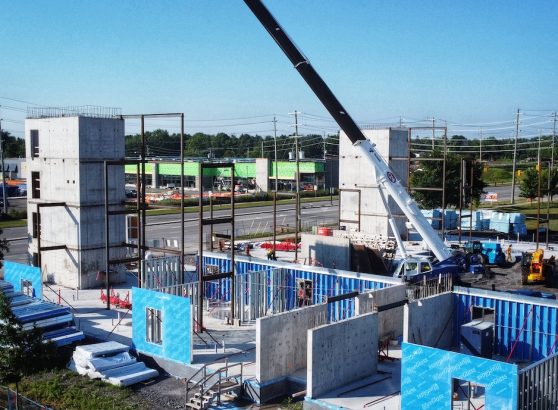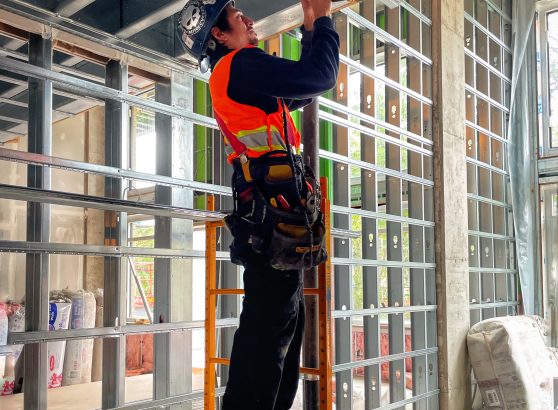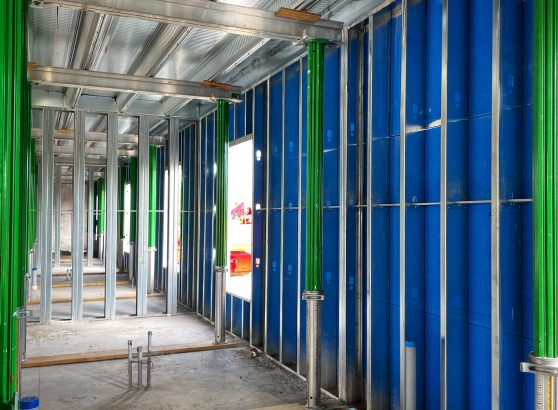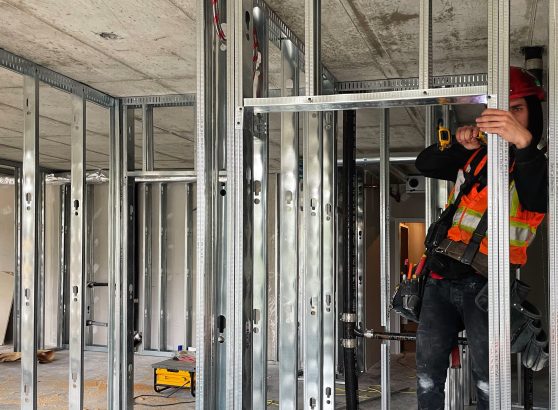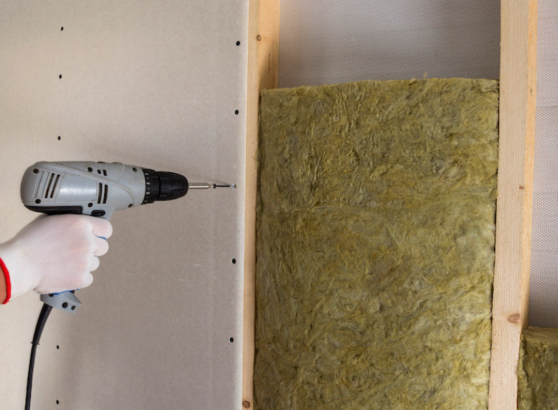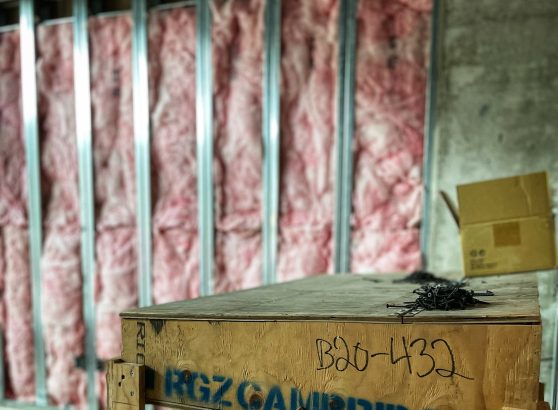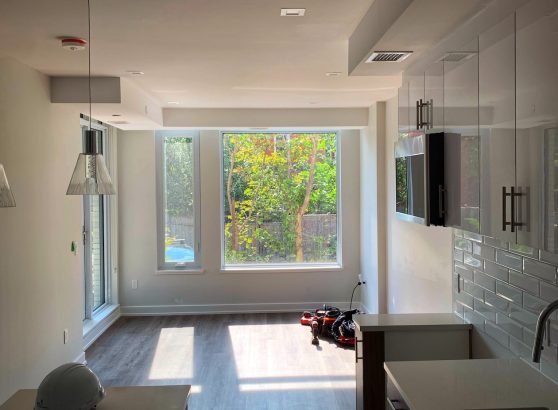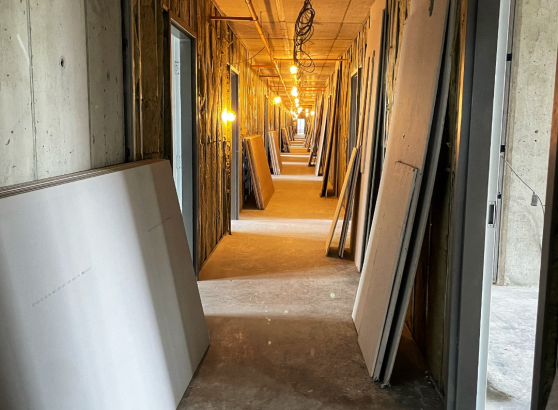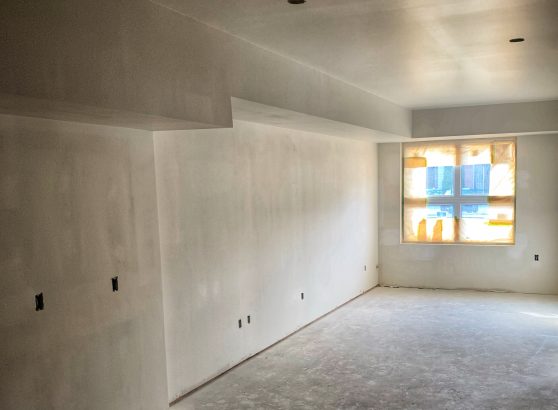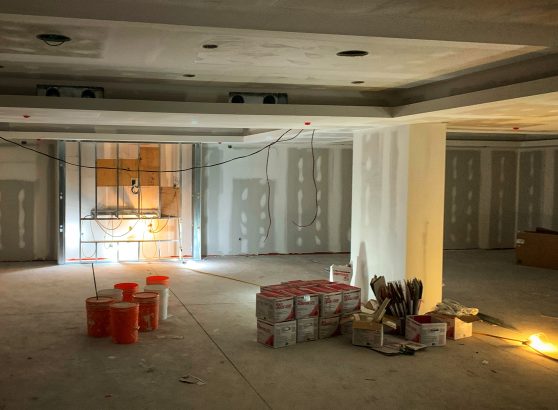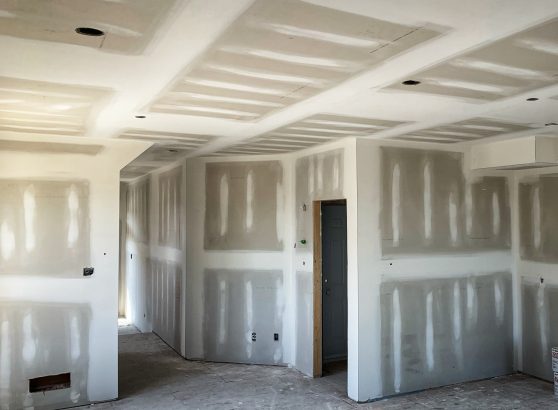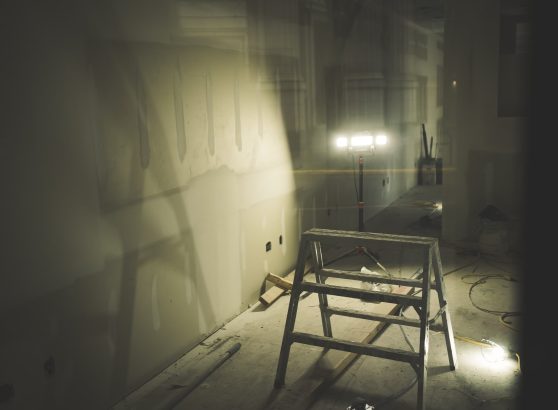Your home is a place of comfort, safety, and memories. It’s only natural that you’d want to maintain its structural integrity and aesthetic appeal. Central to these is the condition of your drywall, which forms the canvas for your home’s interior. Over time, however, even the best drywall can deteriorate or suffer damage. So, how can you discern when it’s time for a replacement? Let’s explore five telling signs.
1. Persistent Mold and Mildew Growth
The Dreaded Black Spots:
Mold and mildew are more than just unpleasant to look at – they can pose serious health risks. While it’s possible to treat minor mold issues without tearing out your drywall, persistent, recurring mold patches, especially black mold, are a different story.
Why It Matters:
Mold spores can aggravate allergies, lead to respiratory issues, and negatively impact overall indoor air quality. Additionally, if mold has infiltrated your drywall, it often indicates a deeper moisture problem.
2. Visible Holes or Cracks
Beyond the Cosmetic:
Small dings and nail holes can be easily repaired with a bit of joint compound. However, large holes, or cracks that seem to be spreading, might suggest more serious structural issues, especially if they reappear after being repaired.
A Structural Concern:
Large holes compromise the insulation properties of your drywall and may impact energy efficiency. Expanding cracks, on the other hand, can indicate potential foundation or settling issues that need attention.
3. Water Damage or Staining
The Telltale Stains:
Dark, discolored patches on your drywall often point to water damage. This can be due to a leaky roof, broken pipe, or even high humidity in rooms like bathrooms or basements.
Long-term Ramifications:
Water-damaged drywall loses its structural integrity. If it feels soft to the touch or starts to crumble, it’s beyond the point of a simple repair. Furthermore, where there’s moisture, mold isn’t far behind.
4. Wall Swelling or Bulging
The Unnatural Curve:
A wall that’s no longer flat and exhibits bulges or swellings often indicates underlying issues. This could be due to water retention, termites, or even poor installation.
Safety First:
Drywall that is significantly distended can detach from the framing, posing a risk of falling or collapsing. This is particularly concerning in ceilings. Replacing the affected areas is typically the best course of action.
5. Outdated or Hazardous Materials
Yesterday’s Standards:
Homes built before the 1980s may have drywall containing asbestos, a mineral once popular for its fire-resistant properties but now known to be a health hazard when its fibers become airborne.
Modernize for Safety:
If you suspect your drywall contains asbestos, consult a professional before attempting any renovations. The removal and replacement process requires specialized care to ensure the safety of inhabitants and workers.
Conclusion: An Opportunity in Disguise
While the thought of replacing your drywall might feel daunting, it provides an opportunity to address hidden issues, enhance your home’s energy efficiency, and even refresh its aesthetic appeal. Modern drywall options are also more resistant to moisture, fire, and impacts, ensuring longevity and durability.
If you notice any of the signs mentioned above, it’s prudent to consult with a professional. They can evaluate the extent of the damage and guide you on the best course of action. Remember, proactive maintenance can save you from more extensive (and expensive) repairs down the road. Protect your home, health, and peace of mind by recognizing when it’s time to give your drywall the attention it deserves.
Contact RGZ Cambridge today for all your drywall needs: We are industry leaders in Commercial and Residential projects. Call us today: 613-695-5544 or reach us via this page.


